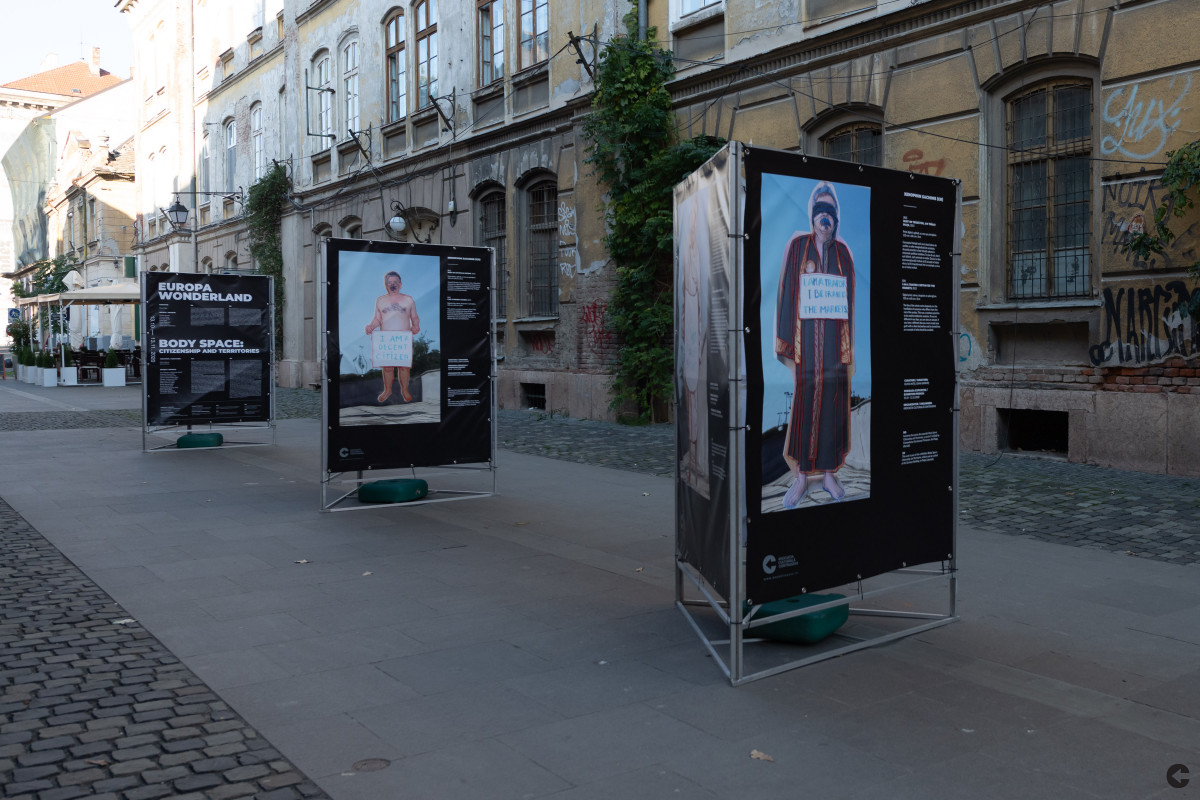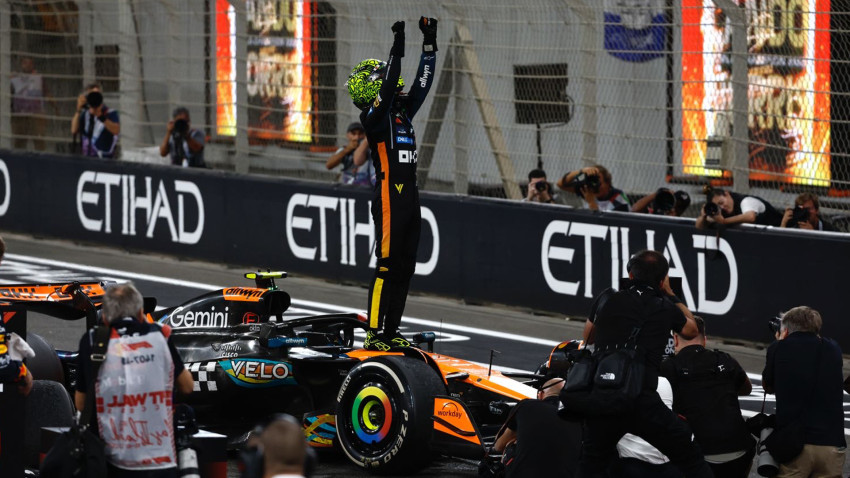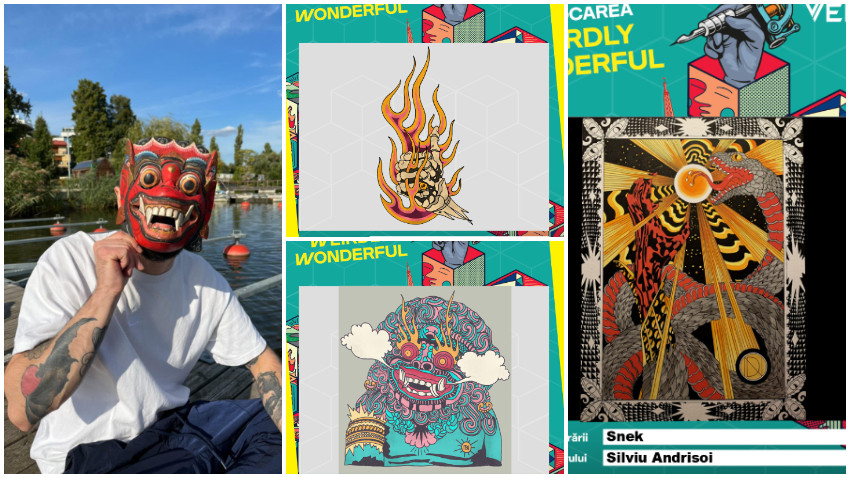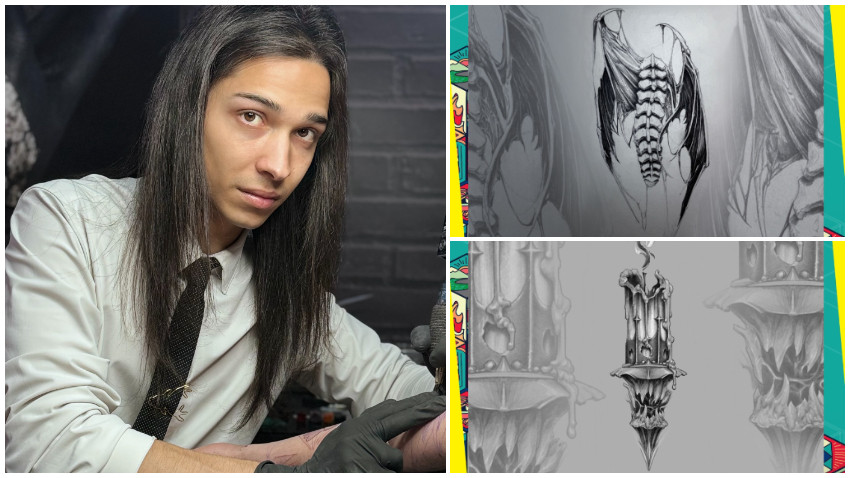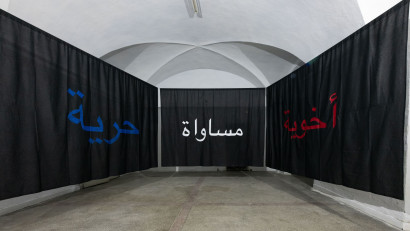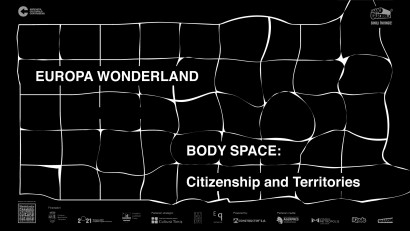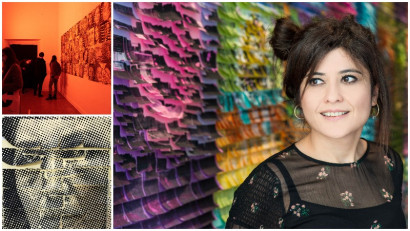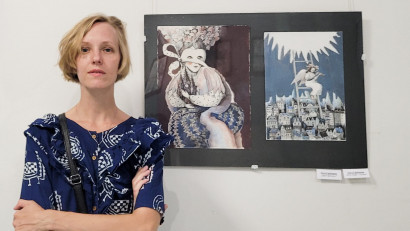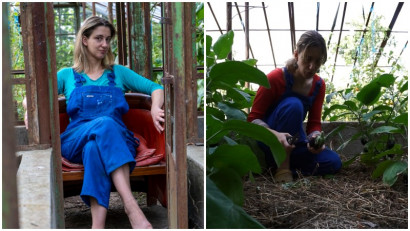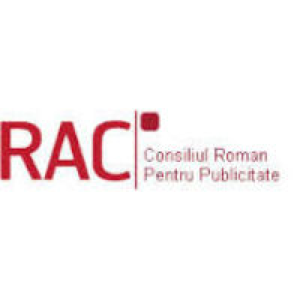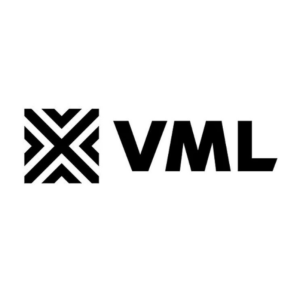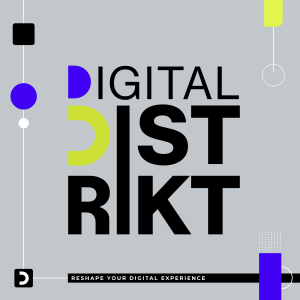Art has to answer, or has to reference the current everyday life of the everyday citizen, says Xenophon Sachinis. In the last two years, he worked at a project on the subject of recession. Because artists should be involved with social issues and they have to be critical and at the same time creative. Art is sometimes a political public statement, thinks Xenophon:
I started working on the subject of recession when I found out, just like the majority of the Greek society, that we were living in a fake reality of stability and happiness, and, on the contrary, we were bankrupt. Hence were the suicides that happened a lot at that time.
Decency of the citizens was the topic with which I started this series of works.
Xenophon Sachinis was born in Thessaloniki, Greece in 1954 and he studied in printmaking and stage design, in the Fine Arts School of Athens, Greece. He is Professor of Printmaking and he published two books in Athens, concerning the concept of the contemporary printmaking. His work could be seen recently in Romania at Europa Wonderland, an exhibition in Timisoara.
In this interview, he talks about art, the pandemic times and the new normal, the role of the artist in 2020 and need for social involvement:
Art & the economic crisis
From the very beginning of my artistic life, I felt that my work had to answer, or has to reference the current everyday life of the everyday citizen. It also has to be connected with history that must be of interest to people living at present times. So this is why I decided to show my works relevant to the last decade’s economic crisis in my country Greece, and Europe.
I started working on the subject of recession when I found out, just like the majority of the Greek society, that we were living in a fake reality of stability and happiness, and, on the contrary, we were bankrupt. Hence were the suicides that happened a lot at that time.
Decency of the citizens was the topic with which I started this series of works.
How much time did you spend for this artwork
I spent almost two years working on this series. Through this process I reestablish my relation with contemporary printmaking. I believe that in modern printmaking you have to have a trace on a matrix that you can print with more techniques than those e learned in our traditional studies. For me, the printed paper must not correspond exactly with the matrix. It can have a wide relation with the composition engraved on the matrix. The new “print” can contain in a common space the idea of the praxis of engraving as well as the idea of the praxis of printing.
How do you think the artists’ role in society has changed
Is our Europe the one that we dreamed of three decades ago? Is it an union of states where Human Rights are accepted as the fundamental constitutional rule? Is every State equal with the others? Are European citizens happy with all the challenges they are facing? Can we stay silent toward the question of rising racism? Can we stay silent towards the question of the refugees and the migration?
I feel that artists must take part and give answers to these questions with their work. There were always artists involved with social issues who dared to be critical and at the same time creative.
I hope that people will understand that art was not made to decorate apartments. Art is sometimes a political public statement and a message of the artist that must be answered by the public.
What was hard, what was good and easy for you during the pandemic
Nothing was good and easy for me and still is not. Belonging to the vulnerable group, not only I had to be isolated from my children and grandchildren, but I had to abandon teaching in the university. I had a lot of time to read and write but these are not enough and they can replace direct human relations. I am full of anxiety and agony to survive. I have experienced four days in an intensive care unit. It is a place where time and space do not exist. In the last six and a half years I have been operated on five times, so I feel very weak.
What did you manage to create and work on in this period
Yes, I manage to work for my survival. These works were not made to be shown, They were done to boost my morale to survive. It is a series of cat portraits. I always talked about difficult human situations, death, war, migration. This time I wanted to whisper to myself something happy. I love cats and I wanted to remember my childhood when I had 24 cats in my garden. When the pandemic will be over, if I am still alive, I believe that I will be again in the position to comment on over what happened to us globally.
How the art sector was affected by this period
I cancelled twice the opening of a solo exhibition concerning migration. Personally I find safety in physical isolation, because I do not have even a chance of survival. I communicate with my friends and colleagues through the internet. I believe that we can assess the new normality when the explosion of the pandemic will be over and reintegrate ourselves in the new way of life the day after.
The pandemic was a disaster for cultural life. It was a disaster for all kinds of Arts. Artists tried by all means to stay active and communicate with the public. Galleries organized group exhibitions based on the concept of isolation. As for myself, Europa Wonderland gave me the possibility to communicate with the public of Timișoara. We overcame the difficulties of transport by sending the work files from Thessaloniki to Timisoara and print them in situ. For me, it is a way to maintain the continuity of my relation with the international public and I am grateful to you. It is survival for me.
Creators will adapt their behavior in such way that they will not lose their contact and their relation with the public. Given the situation, both parties will have to reestablish their communication code. The experience of the pandemic will guide the artists answer to the needs of the public. After a careful research, artists will pinpoint the issues arose and propose their personal solution.
I do not think art’s role changed. It will respond and will be part of the new normality. It is the duty of artists to be more and more involved in the new era and its social problems.
A scenario for the future
I hope that the pandemic will make us think more of the vulnerable groups. Being a senior citizen almost sentence you to death, for example. Besides the senior citizens, there are groups of younger people that suffer also from dangerous gaps in their health and are easy targets for the virus. We must understand that we cannot easily accept any losses from the virus. The quality of a civilization is equal to the care taken by the society to its weaker members.



